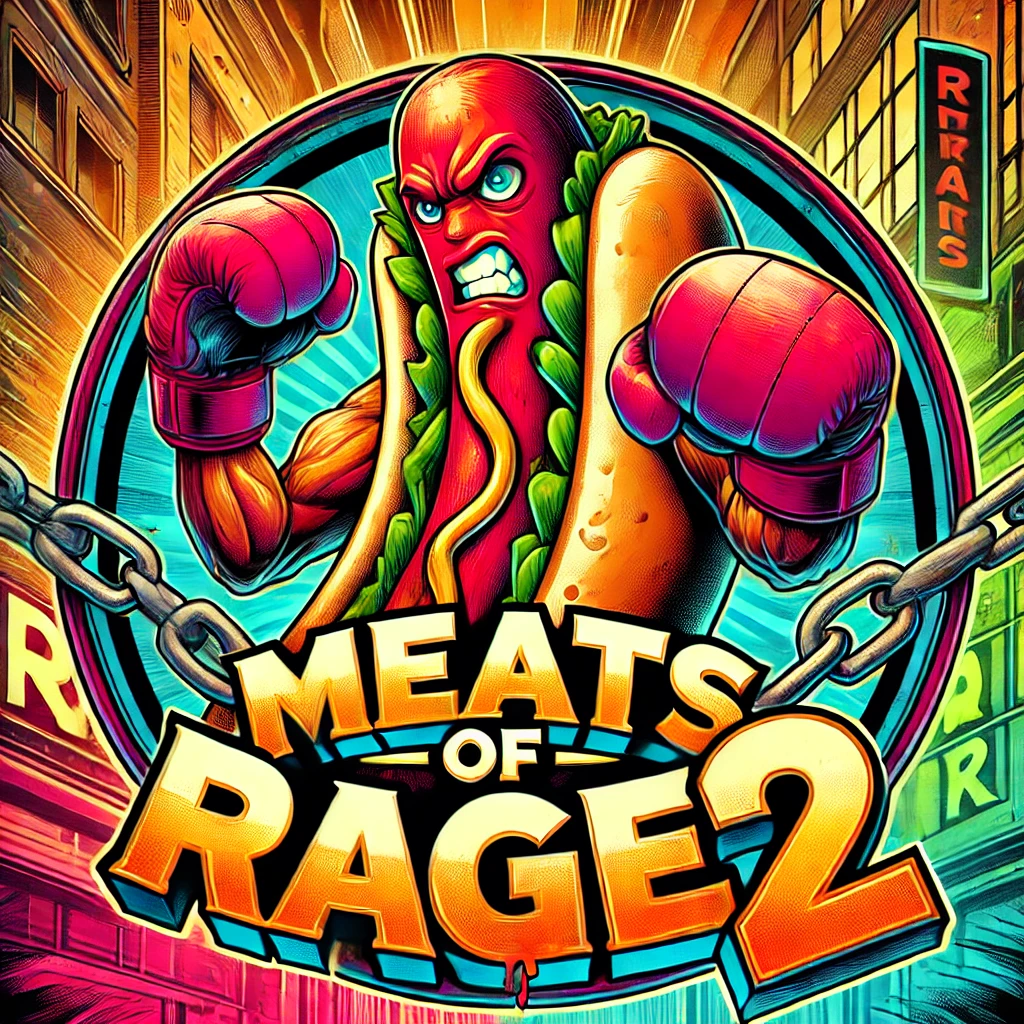This is the best summary I could come up with:
They not only pushed the boundaries of the kind of cinematic storytelling that games are capable of, but revisiting them, I was also surprised by how well their core gameplay — that compelling loop of hiding, sneaking, and boss fighting — holds up.
(Plus, as a brief aside, I do want to mention what might be the coolest inclusion in the entire Master Collection, which is that it’s possible to create dummy save data for a range of Konami PS1 games like Castlevania: Symphony of the Night and Vandal Hearts to sit on your virtual memory card while you play through Metal Gear Solid.
Konami may have listed its frame rate as 30fps, but in practice, it often feels much slower, and its original resolution is so low that running it on a modern 4K TV gives its graphics a shifting, wavy quality.
But it’s interesting to compare this approach with the versions of Metal Gear Solid 2 and 3 that have also been included in this collection, which are a great example of how you can remaster and update classic games while keeping true to their original vision.
There are scripts to flip through, a digital soundtrack, and a series of virtual “Master Books” to browse that offer plot summaries, background information on the game’s characters, and even guides to the many easter eggs they contain.
In one of the Master Books, we’re told that “in the late 1980s, action games were designed around taking out enemies” and that “Metal Gear turned this concept on its head,” but there’s no mention of the director and team that actually made this happen.
The original article contains 1,458 words, the summary contains 272 words. Saved 81%. I’m a bot and I’m open source!
£50 seems like a lot, is it worth it over emulation?
No. It’s just emulation you pay for. They don’t even offer enhancements you can find in emulation like widescreen or 4k.
Does this mean isos of the original games would be downloaded when you install the game?
Who do you think they are?
Sega?
The subtitle of the article says don’t expect any modern updates to these stealth classics. I’d say no it’s not worth it.
I thought these were remasters, kept waiting for the brush stroke to go over the ad to show the new graphics.
GGMan review said it’s in 55hz instead of 60hz. Not sure if that’s PAL thing only though (he lives in Australia)

